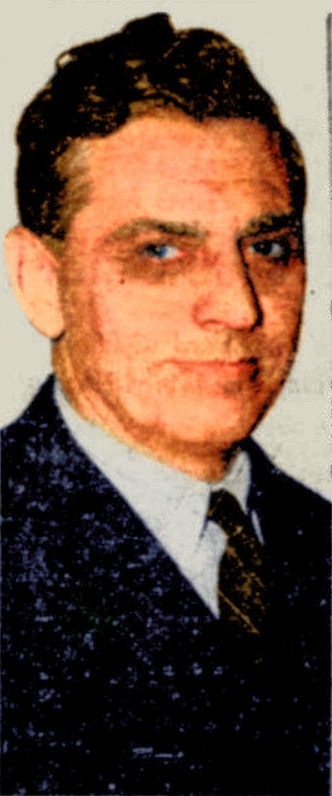The Pittsburgh Press (February 3, 1944)

Clapper: Hospital
By Raymond Clapper
Somewhere in New Guinea – (by wireless)
I hope it will give comfort to many parents, wives and sweethearts at home to know that, bad as conditions are where the fighting must be done, the wounded and ill in New Guinea are in the more serious cases evacuated back to station hospitals which are the opposite of what I had imagined jungle conditions here to be.
I visited the 171st Station Hospital, near Port Moresby. It consists of a large group of tents out in an open valley, overlooking the sparkling waters of the Coral Sea and fringed around with hillsides of brilliant flame trees in luxurious blossom.
Lt. Col. C. T. Wilkinson, formerly a physician at Wake Forest, North Carolina:
Four days after we were given this real estate, which was covered with high kunai grass, we had 500 patients.
They had to bring in water from miles away. there were Jap air raids every night. Doctors did the carpentry work for the operating room, and nurses painted the interior. In 14 months, they have handled 1,174 patients, including a considerable number of psychoneurosis cases, most of whom have returned to duty. Some of these are boys who have been spoiled by easy luxury at home and find it hard to adjust to Army life, some are suffering from plain homesickness, some from fear.
White sheets and women
The big thing about the hospital is the bright, open, cheerful atmosphere. When one group of patients came in after a long stretch in the jungle at the front, under severe conditions, one of them said to a nurse:
Gosh! White sheets, and women!
Bright flowers are planted in little gardens all around the hospital tents. Many of the boys are sent seeds from home. I saw zinnias in bloom, and marigolds, and poppies, and native poinsettias, and morning-glory vines over the nurses’ tents. Everything possible is done to help the men forget the gruesome sights of the front.
Patients work a five-acre garden. Col. Wilkinson picked a 15-pound watermelon outside his tent the day before I was there. Palms provide shade over the tents.
I was walking along with Col. Wilkinson when suddenly we came upon a big open ward tent full of kneeling men. I could see the back of a priest, in white vestments, at an altar, and suddenly I realized it was Sunday. You can’t tell one day from another out here, because everything goes on just the same. The hospital has Catholic and Protestant services on Sundays, Jewish services on Fridays, Mormon services on Wednesdays.
Gardening heals soul
The Red Cross helps instruct patients in manual therapy, using old airplane metal and other scraps. The patients have just made 200 screen-wire fly traps. They convert shell packing cases into sinks, and so other improvised work. But it is gardening that seems most of all to heal the soul.
They have a rolling Army kitchen which they say is the only one used by any hospital. It is in the charge of one of the nurses, Lt. Clara Palau of Northfield, Minnesota, who told me the food was always cold when it had to be carried on trays to wards as far as a quarter of a mile from the kitchen. So, they wangled this mobile kitchen from the Australian Army, and now they bring piping hot food to every patient.
The hospital streets are named after nurses. There is a baseball field, and there are movies five nights a week.
They have just used the new drug penicillin for the first time. Tail gunner Patrick Missita of Glens Falls, New York, had an internal abscess and they couldn’t operate. Penicillin saved him. He told me he was leaving the next day to go back to his gunning.
The last thing I saw on leaving the mess hall was a large poster: “Buy War Bonds.”